A Brief History of Steam Bathing – From Ancient Roots to Modern Practice
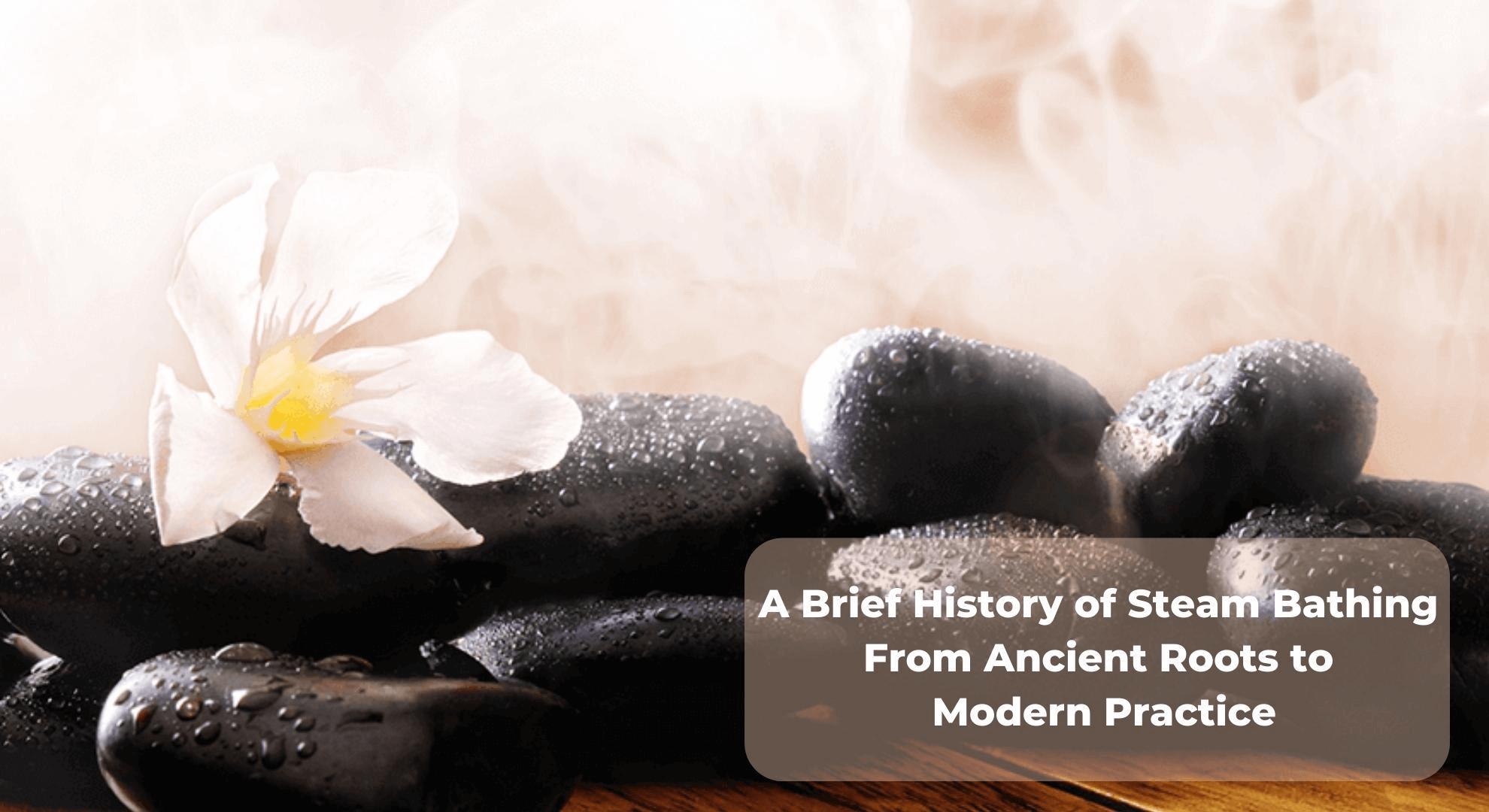
Steam baths have been around for centuries, with ancient cultures utilizing the healing properties of steam to promote relaxation and well-being. But what is the history of steam bathing? How did it evolve into the popular practice it is today? In this blog post, we will explore the origins of steam bathing and discuss how it has evolved over time. Stay tuned for more information!
CONTENT SEO STRUCTURE
A Brief History of Steam Bathing – From Ancient Roots to Modern Practice
What is steam bathing and how does it work?
Steam Baths in Ancient Greece and Rome
Steam Bathing in the Twenty-First Century
What Is Steam Bathing, And How Does It Work?
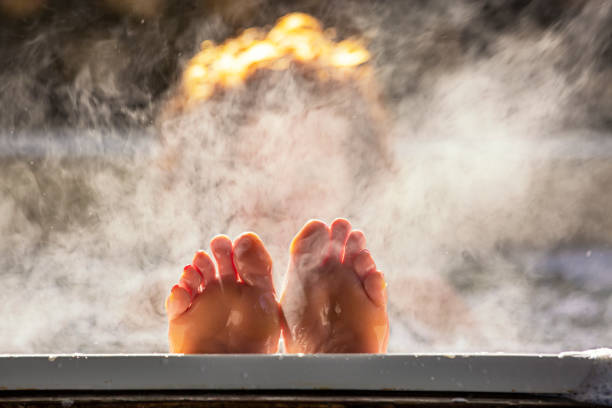
Steam bathing is a type of hydrotherapy that uses steam to relax the body and promote detoxification. The heat and moisture of the steam helps to loosen muscles, improve circulation, and open up the pores to release toxins from the skin. Steam baths can be taken in a sauna, shower, or special steam room. Most people find that steam bathing for 15-20 minutes is optimal to enjoy the benefits without overdoing it.
The History of Steam Bathing
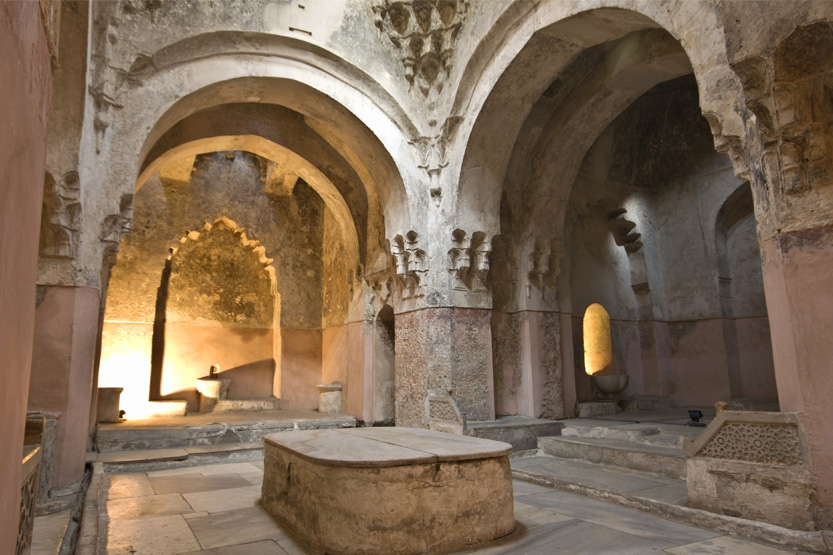
The steam bath is derived from the Roman bath, which was established during the height of the Roman Empire. Much Roman community and social activities were performed in ancient Roman baths. Regardless of their social class, many Romans used the city’s public baths. The practice of steam bathing dates back to ancient times. The Mayans, for example, used sweat lodges as a way to purify the body and soul. Native Americans also utilized sweat lodges for cleansing, healing, and prayer. In Finland, saunas have been used for centuries as a place to relax and socialize.
For 12,000 years, people have been traveling to natural hot springs for cleansing, warmth, and socializing. Steam baths were originally constructed in caves, and as civilizations grew, more and more sophisticated bathing facilities appeared.
Archaeologists in Yorkshire, England, recently discovered a 4,000-year-old wooden monument known as “Woodhenge” that may have been utilized as a sauna or steam bath. Recently in Guatemala, limestone bedrock showcasing a potential steam bath from the ancient Mayan city of Nakum was discovered. The results of this research not only provide further evidence for a long history of steam bathing, but they also offer some insight into why it has lately been revived.
Steam Baths in Ancient Greece and Rome
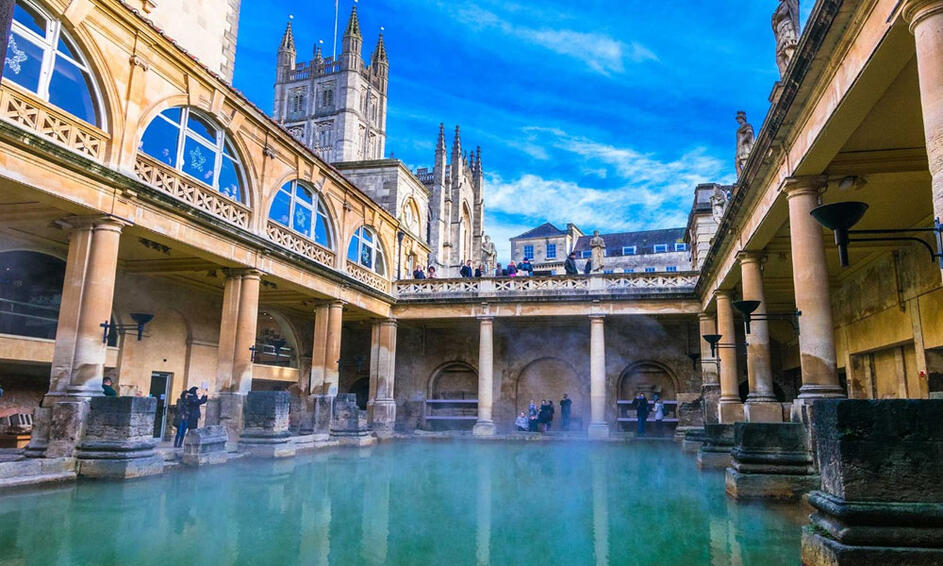
The Roman baths were a key part of Roman society, with public baths being built in almost every city. The Roman baths were more than just a place to get clean – they were also social hubs where people would gather to relax, exercise, and socialize. The most famous Roman baths were the Baths of Caracalla, built in the early third century AD. These baths could accommodate up to 1600 people at a time and were some of the largest public baths ever built.
Ancient Greeks and Romans believed that steam bathing was key to living a healthy life. Many popular Greek philosophers and physicians, such as Homer and Hippocrates, wrote about the benefits of these baths. The Romans were inspired by the Greeks and adopted their practice of enhancing social and architectural aspects.
Roman steam baths, on the other hand, were typically larger and more extensive, with swimming pools and leisure spaces included among their many rooms and amenities. The ancient Romans constructed aqueducts to supply water for public baths, which had impressive water systems and heating. In most cases, these baths were social gathering places that anyone could enter without charge or for only a small fee.
The Greeks and Romans were fans of steam bathing for both its cleansing properties and health benefits. To reach their goal, the sauna masters would use different temperatures and work their way up gradually. They would then finish with a cold plunge. In addition, they added salt, herbs, oils and other natural items to make the steam even more cleansing and healing.
The Decline of Steam Bathing
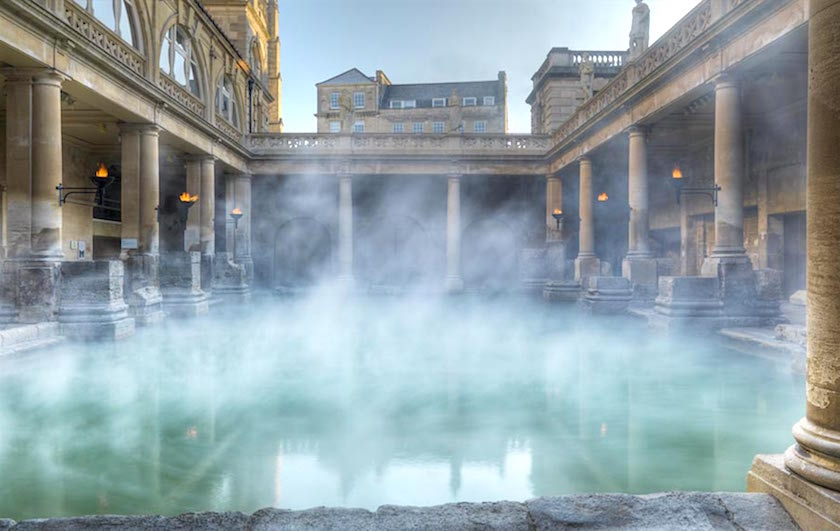
The practice of steam bathing began to decline in the West after the fall of the Roman Empire. This was partly due to a decrease in public baths and partly due to a change in attitude towards personal hygiene. In the middle Ages, people believed that water could actually cause disease, so they became less likely to bathe.
Steam bathing has been used for millennia in the ancient world, and it has traveled all around the world after its inception. Though these traditions had survived for centuries, they slowly began to die out when steam baths became more popular. A primary reason for this change involves seventeenth- and eighteenth-century Europe’s shift from relying on the church to guiding themselves with science, rationality, and individualism during the Enlightenment. The practice of steam bathing experienced a resurgence during the Industrial Revolution, and it has remained popular to the present day.
Though it has been centuries since the steam bath’s inception, it is still used for its original purpose of cleansing and relaxation. It has also become popular for its health benefits, which include improved circulation, relief from muscle pain, and detoxification. Steam bathing is an ancient practice with a long history that continues to be enjoyed by people all over the world.
Steam Bathing In the Twenty-First Century

An increasing number of people are interested in health and wellness, which has made steam bathing more popular than it has been in recent years. Medical professionals have even emerged to study these effects and back up ancient practices with modern science. Baths are enjoying a resurgence in popularity all over the world, with people of all ages rediscovering their benefits. In New York City, a 124-year-old Russian bathhouse is still going strong and attracting new customers. And in Mexico, travelers come from far and wide to experience an herb-scented steam bath in a Mayan temazcal.
No matter where you are in the world, it is easy to find a steam bath that suits your needs. Whether you are looking for a traditional experience or something more modern, there is a steam bath out there for you. So why not give it a try? You may just find that you enjoy it as much as the Greeks, Romans, and Mayans did.
Benefits of Steam Bathing
Bathing in steam has many benefits. Here are some of the most well-known:
- Steam can help to open up your pores and remove impurities from your skin.
- It can also help to improve circulation and relieve muscle pain.
- Steam bathing is also thought to be beneficial for respiratory conditions such as bronchitis.
- It can also help to boost your immune system.
- And last but not least, steam bathing is simply relaxing and can help to reduce stress.
Final Words
Today, steam bathing is making something of a comeback as more and more people are beginning to appreciate the benefits of this relaxing practice. If you’ve ever been curious about steam bathing but weren’t sure where to start, this article has hopefully provided some helpful information. And if you’re already a fan of steam baths, then perhaps you learned something new about their long and fascinating history. Either way, we hope you enjoyed learning a little bit about one of the world’s oldest relaxation practices.




